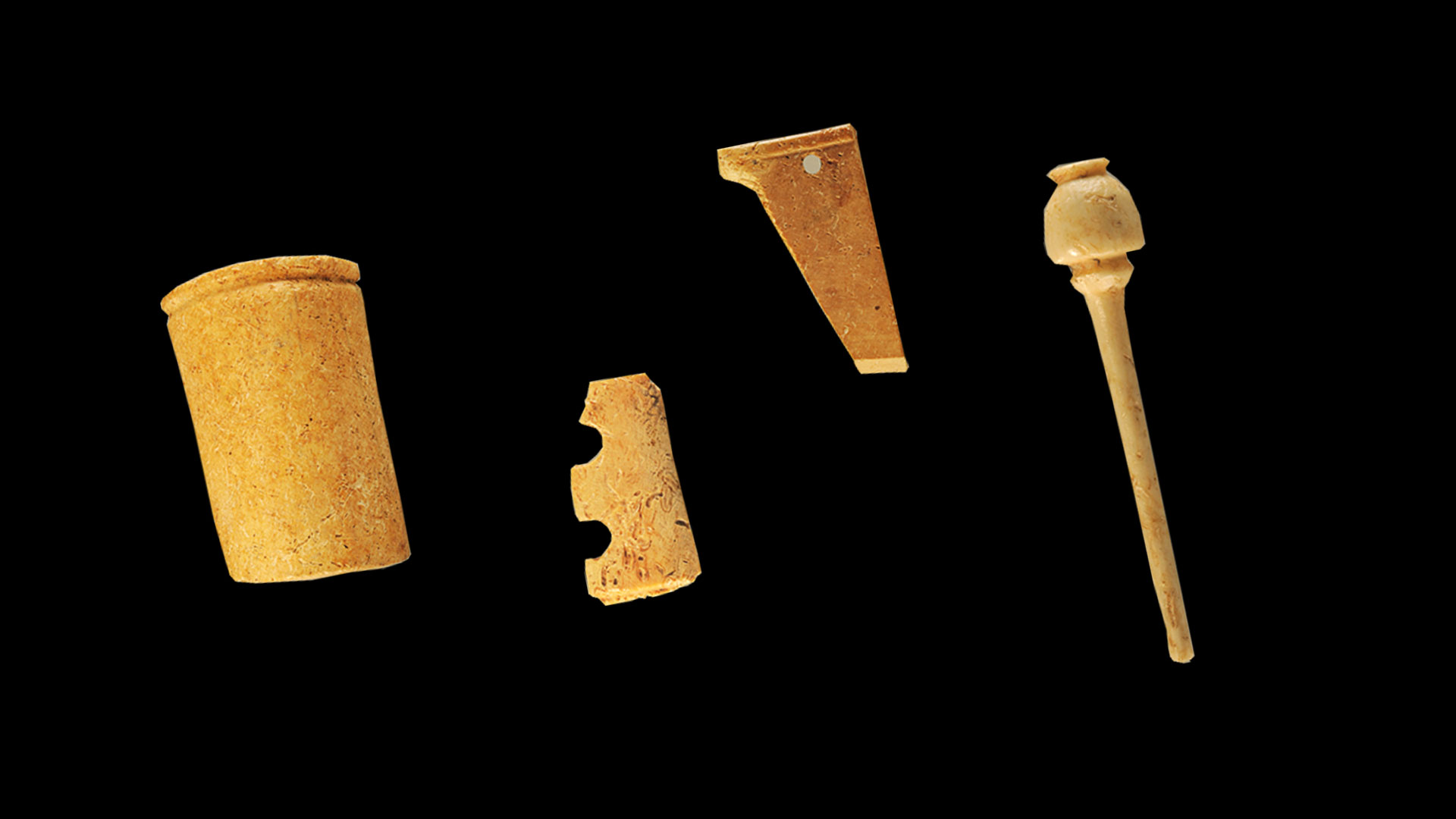Bone artefacts in Estremadura, Portugal: life and death contexts at Ribeira de Cheleiros area (Mafra, Sintra) in the 4th and 3rd millennium BCE
In the current Portuguese territory, it is only in Estremadura, in the peninsulas of Lisbon and Setúbal, that there is a good conservation of organic matter. Bone artifacts appear in widespread form in settlements and necropolises, contrary to what happens in the south of the Tagus, where conservation is very rare. This region also registers a strong identity in stylistic terms of material culture during the first half of the 3rd millennium, somewhat different from that which is found in the south of the Tagus.
The region of Extremadura has a long history of research, especially in funerary contexts: natural caves, rock-cut caves, dolmen and tholoi present a great diversity of bone and ivory artifacts. Considering that these tombs generally have a long biography of use, it is difficult to understand the contextual associations clearly. Many settlements have also been the subject of ancient field work, and it is very likely that many bone artifacts have not been collected.
This communication intends to make a diachronic analysis of the bone industry in Portuguese Estremadura starting from a circumscribed study area in the hydrographic basin of Ribeira de Cheleiros, municipalities of Mafra and Sintra. This region has a significant set of settlements and tombs, with emphasis on the prehistoric settlement of Penedo do Lexim, object of modern excavations (1998-2004). In this site was recovered an important set of bone artifacts associated with contexts with absolute and relative chronology and also with zooarchaeological studies. Starting from Penedo do Lexim and reviewing the contexts of Cheleiros, we intend to present and discuss the main characteristics of the bone industry in Portuguese Estremadura.



